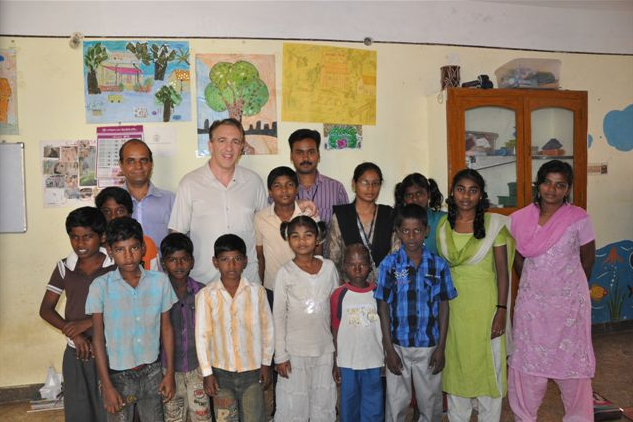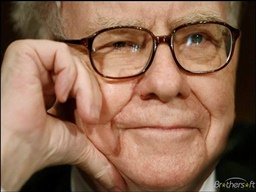Creating Your Vision . . . How?
Do you have a great Big Hairy Audacious Goal (BHAG), core purpose, core values, painted picture, and hedgehog strategy? These key aspects of a company’s vision drive it to become everything it is striving to be. Do you have yours? In my experience, most do not. Why? Because it’s hard! After many years, we at Efficience are solid in all of them except the hedgehog, which we constantly struggle to pin down. However, that is the way it’s suppose to work; it takes time and an iterative process to get it done.
How fast you progress depends on how fast you continue the iterative process. The more time you spend bringing the key stakeholders who share your vision together, the more often you will cycle through a process of discussion that allows you to ask questions, debate the answers, make decisions, and then, with experience, decide if you’re going in the right direction.
In his book “Good to Great,” Jim Collins discusses this and refers to the stakeholders as “the Council.” He shows a circular flow, starting at the top with the questions guided by the three circles followed by dialogue and debate, then executive decisions, and finally ending with autopsies and analysis. This is for the hedgehog strategy, but it can be used for any areas of your vision or values. We all know that a circle can have many revolutions to ensure you are rock solid in your decision.
Verne Harnish coaches and exposes midsized growth companies through his very successful consulting firm. He states that page 114 and 115 in Collins’ book are the two most important pages in any business book out there. That is a pretty strong statement, but I agree with him. Your company’s success will come from the decisions your council will make, and if they have a process like Collins describes in the book, then you will get better decisions. This is especially true if you make more turns of the circle at a faster pace.
Some companies may get their council together annually, some quarterly, and others monthly. The ones pushing to speed things up meet on a weekly basis. Even when you push to get these answers, sometimes it just takes time. On average, it took the great companies about 4 years to come up with their hedgehog concept, which took them from good to great.
Do you have a process that vets out your vision? If you are looking to put together your council, then page 115 in “Good to Great” will give you the characteristics of a great council to help as you pull yours together. From my experience, getting the vision that feels right is not easy, so keep the wheel spinning and good luck!




 to search and came upon a really good book called “
to search and came upon a really good book called “
 This continued for a few years. Now all our team members, from the lowest to the highest paid, have cell phones. At this point, eight of them have smartphones, and I see the rest upgrading in a year or so. I can see this new global customer base growing right before my eyes.
This continued for a few years. Now all our team members, from the lowest to the highest paid, have cell phones. At this point, eight of them have smartphones, and I see the rest upgrading in a year or so. I can see this new global customer base growing right before my eyes.
 We have been overwhelmed by the reports and video’s coming from Japan. So many people are carrying heavy hearts for what the Japanese people are experiencing, and will continue to experience as they rebuild their lives and their homes. We all wish major blessings and much inner strength to all of Japan, and to our
We have been overwhelmed by the reports and video’s coming from Japan. So many people are carrying heavy hearts for what the Japanese people are experiencing, and will continue to experience as they rebuild their lives and their homes. We all wish major blessings and much inner strength to all of Japan, and to our